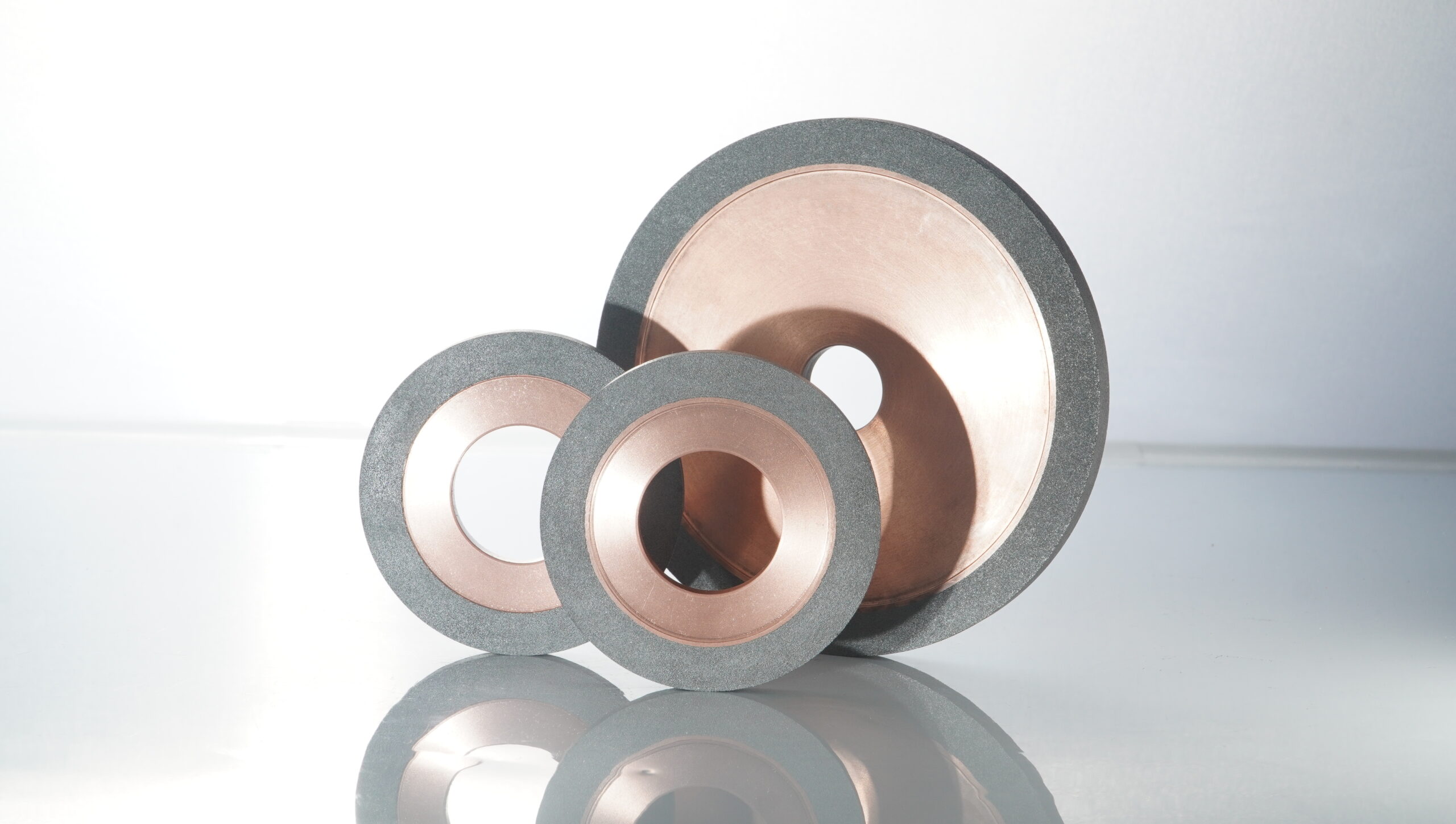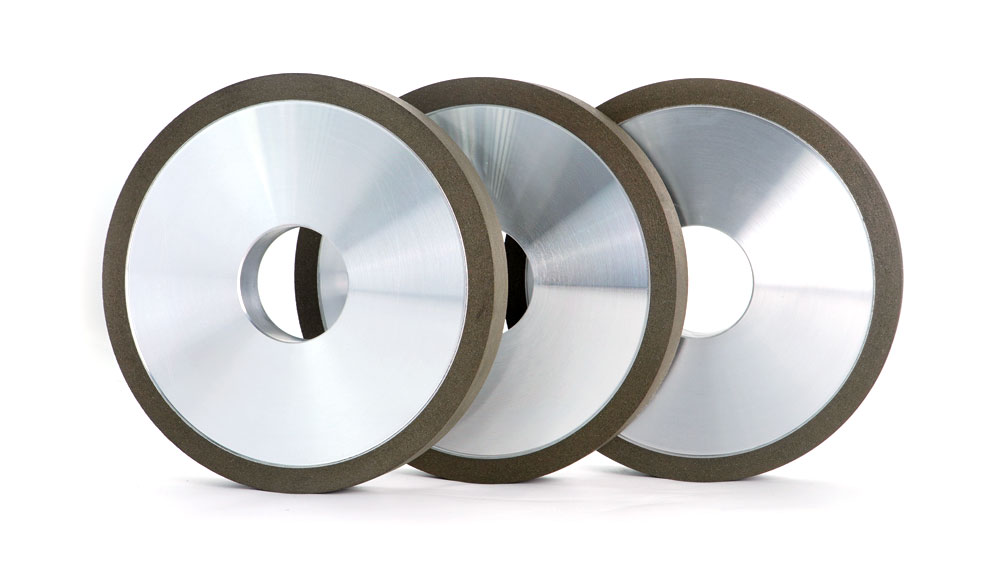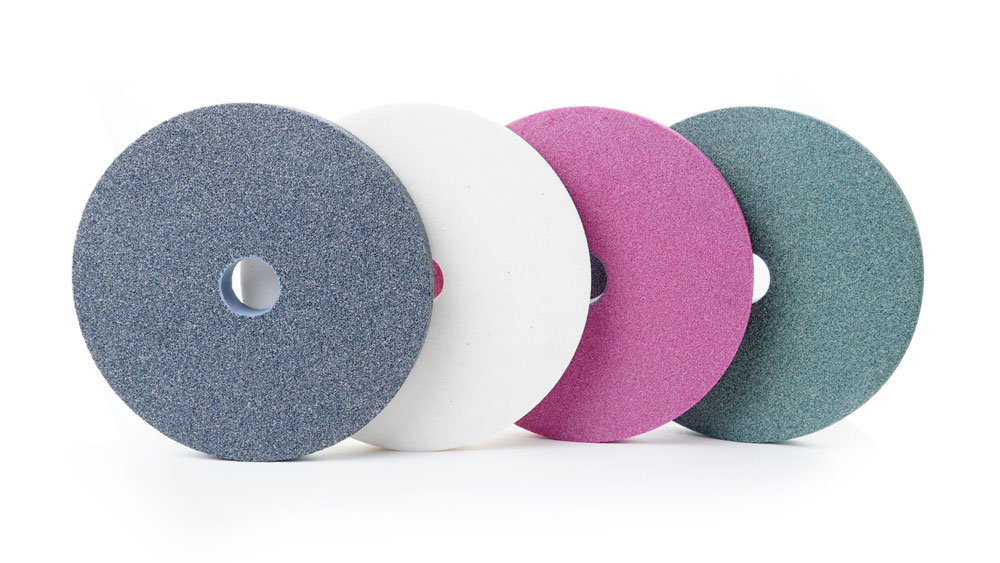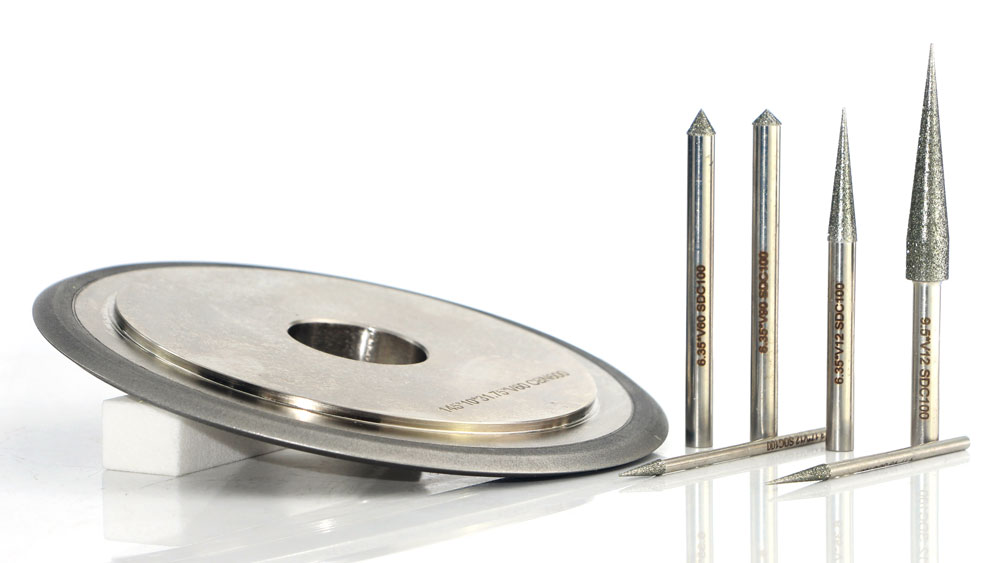The quality of the grinding wheel depends on a variety of factors, including the material, structure, manufacturing process, grain size, usage conditions, and maintenance of the grinding wheel. In this article, we will focus on six main factors that affect the quality of the grinding wheel, as well as how to choose high-quality grinding wheels and use and maintain them properly.

The quality of the grinding wheel is affected by many factors, the following are the main aspects:
1. Grinding wheel material: The quality of the grinding wheel is affected by the abrasive, binder, and other raw materials. The type and quality of the abrasive determine the grinding ability and effectiveness of the grinding wheel, while the properties and content of the binder affect the strength and stability of the grinding wheel. In addition, the selection of strengthening materials, fillers, and additives can also have a significant impact on the quality of the grinding wheel, as they regulate the structure and performance of the grinding wheel, providing the required hardness, fracture toughness, thermal conductivity, and other characteristics. The comprehensive selection and proportioning of these raw materials can produce high-quality grinding wheels suitable for different grinding applications.

2. Wheel structure: The structure of the grinding wheel has a significant impact on the quality of the grinding wheel. It is mainly reflected in the grinding wheel grain size distribution, structural density, hardness, and structural type. A reasonable structural design can provide uniform grinding capability, improve grinding efficiency and surface quality, and ensure the stability, longevity, and performance of the grinding wheel.

3. Grinding wheel manufacturing process: The manufacturing process of grinding wheels has a key impact on the quality of the wheels. Among them, the ratio and selection of abrasives and binders, the control of the grain size distribution of the abrasives, the mixing and molding process, the sintering or curing process, and the dressing and grinding process of the grinding wheels all play an important role in the final quality of the wheels. A reasonable manufacturing process can ensure the strength, hardness, and geometric stability of the grinding wheels, thereby improving the performance and longevity of the wheels.

4. Grain size of grinding wheel: Grain size refers to the size of the abrasive particles in the grinding wheel. The choice of grain size depends on the application and requirements of the grinding wheel. Grinding wheels with different grain sizes are suitable for different grinding tasks. Coarse-grained grinding wheels are suitable for tasks that require high-speed cutting and high processing efficiency, and can quickly remove material. Fine-grained grinding wheels are suitable for processes that require high surface quality and precision, and can achieve smoother, finer cutting effects. If the grain size is not selected appropriately, the quality of the grinding wheel is not up to the processing requirements that need to be achieved.
5. Conditions for using grinding wheels: Environmental conditions such as load, temperature, and humidity that the grinding wheel experiences during use can affect its quality and performance. Proper use conditions can extend the life of the grinding wheel and improve the grinding effect.

6. Grinding wheel maintenance and storage: Proper maintenance and storage of grinding wheels also have a significant impact on their quality. This includes protecting the grinding wheel from vibration, shock, and excessive heat, keeping the surface clean, and storing it properly to prevent moisture or other contaminants from affecting it.

To sum up, the quality of grinding wheels is affected by a combination of factors including grinding wheel materials, structure, manufacturing process, grain size, usage conditions, and maintenance. Selecting high-quality grinding wheels and using and maintaining them properly can improve grinding quality, efficiency, and safety.
